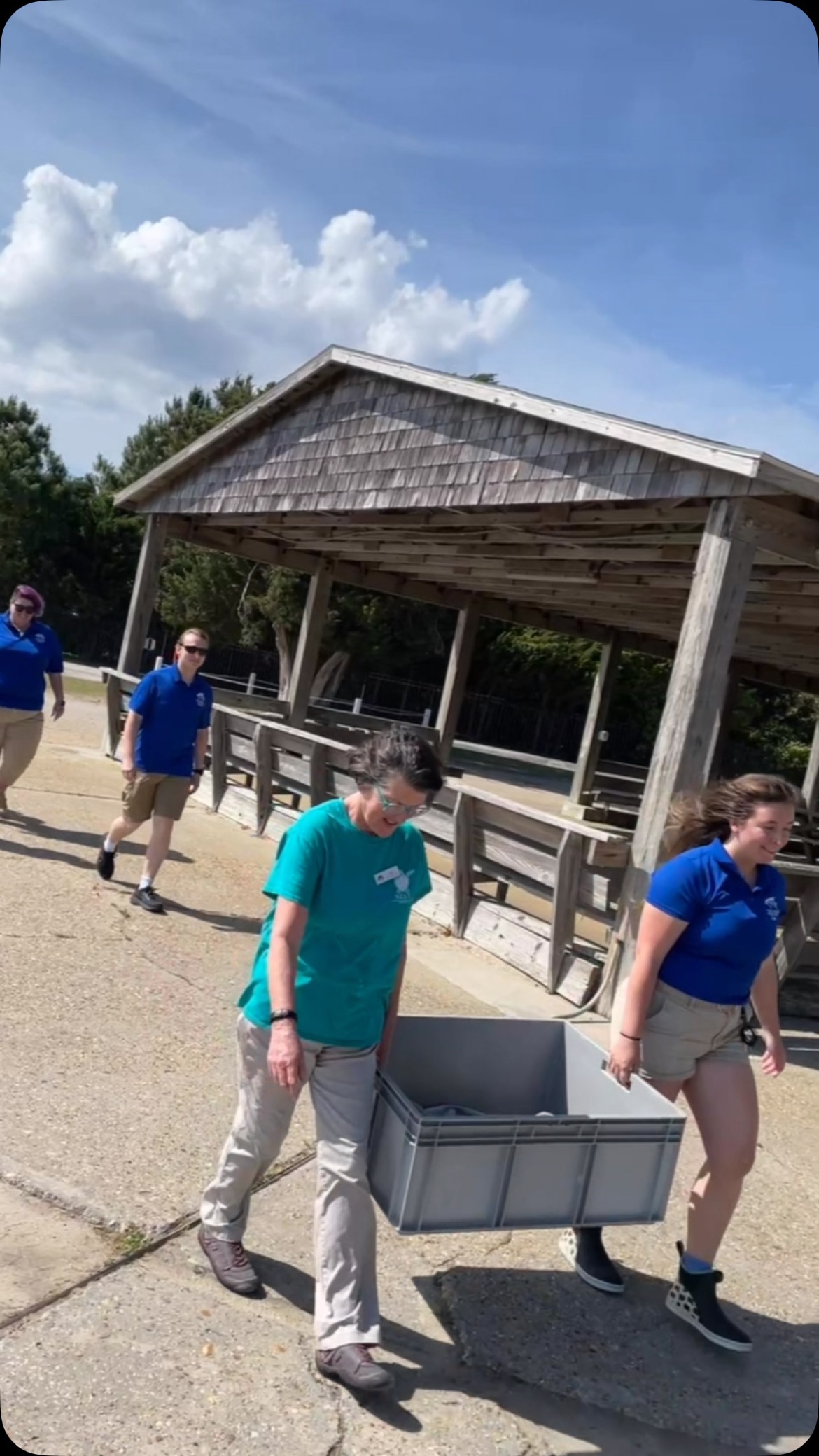- The importance of sea turtle conservation and its impact on marine ecosystems.
- The specific challenges faced by Kemp’s Ridley sea turtles and their conservation status.
- The role of the STAR Center and aquariums in rescuing and rehabilitating injured sea turtles.
- The process and challenges involved in the rehabilitation and release of sea turtles.
- The impact of human activities, such as fishing, on sea turtles and the measures being taken to mitigate these effects.
Kemp’s Ridley Sea Turtle Conservation
Kemp’s Ridley sea turtles are among the most critically endangered species of sea turtles, primarily due to human activities. Conservation efforts are crucial to maintaining the balance of marine ecosystems. These turtles play a key role in controlling the population of jellyfish and maintaining healthy seagrass beds, both of which support a diverse range of marine life.
Sea turtles, including Kemp’s Ridley, face numerous threats, such as habitat loss, climate change, and pollution. Fishing nets often inadvertently capture them, leading to injury or death. This is where conservation programs are vital. The emphasis is on protecting nesting beaches, regulating fishing practices, and raising awareness about the importance of these marine creatures.
Challenges Faced by Kemp’s Ridley Sea Turtles
Kemp’s Ridley sea turtles are known for their unique nesting behavior, often characterized by synchronized, large-scale nesting events called arribadas. Despite this, their population numbers have drastically declined over the decades. Entanglement in fishing gear and ingesting marine debris are significant threats. These turtles often mistake plastic for food, leading to severe health issues.
Conservationists are working tirelessly to highlight these challenges. They focus on habitat protection, notably nesting sites along the Gulf of Mexico. Awareness campaigns and public education are critical in driving change and encouraging protective legislation that can prevent further decline.
The Role of the STAR Center and Aquariums in Sea Turtle Rescue
The Sea Turtle Assistance and Rehabilitation (STAR) Center plays a pivotal role in the rescue and rehabilitation of injured sea turtles. Facilities like these collaborate with organizations such as the Cape Hatteras National Seashore to locate and transport injured animals for treatment. The dedicated efforts of aquarists and veterinarians ensure that injured sea turtles receive comprehensive care.
This collaborative effort extends globally, with numerous rehabilitation centers working together to share research and techniques. The STAR Center’s prompt action in removing the fishing hook from the Kemp’s Ridley sea turtle and its subsequent release exemplifies the effectiveness of these initiatives. The collaboration emphasizes teamwork in conservation, demonstrating that successful efforts often involve diverse partners.
Rehabilitation and Release Process
The process of rehabilitating and releasing sea turtles is complex and requires meticulous planning. Once a turtle is rescued, it undergoes a thorough medical assessment. Treatment is tailored to its specific injuries, whether removing foreign objects or addressing infections. Rehabilitation might include physical therapy to ensure the turtle can swim effectively and fend for itself once returned to the wild.
The decision to release a sea turtle involves assessing its ability to survive independently. This assessment includes physical readiness and an evaluation of environmental conditions to select the most suitable release site. The release of a rehabilitated sea turtle is a significant milestone, symbolizing not just the recovery of the animal but also the culmination of collaborative conservation efforts.
Impact of Human Activities and Mitigation Measures
Human activities have profound impacts on sea turtle populations. Industrialization, coastal development, and pollution contribute to habitat degradation. Fishing activities pose a high risk, with sea turtles often getting caught in nets or lines, resulting in injury or death. Efforts are being made to mitigate these effects through initiatives like turtle-excluder devices in fishing nets, which allow turtles to escape unharmed.
Moreover, community engagement and education are paramount. Efforts are directed toward fostering an understanding of the role individuals can play in conservation. Beach cleanups, responsible fishing practices, and policy advocacy contribute significantly to preserving these essential marine creatures.
The journey of a Kemp’s Ridley sea turtle from injury to release is a story of resilience and collaboration. With ongoing conservation efforts, there is hope that these ancient mariners will continue to thrive, balancing marine ecosystems for generations to come.
*****
Source Description
Sea turtle release! This Kemps ridley sea turtle arrived at the Aquarium today from Hatteras Island. It swallowed a fishing hook and aquarists at the STAR Center were able to remove it and quickly release it into the Croatoan Sound! Thank you @capehatterasnps for bringing this sea turtle to the STAR Center! 🌊🐢🤙


